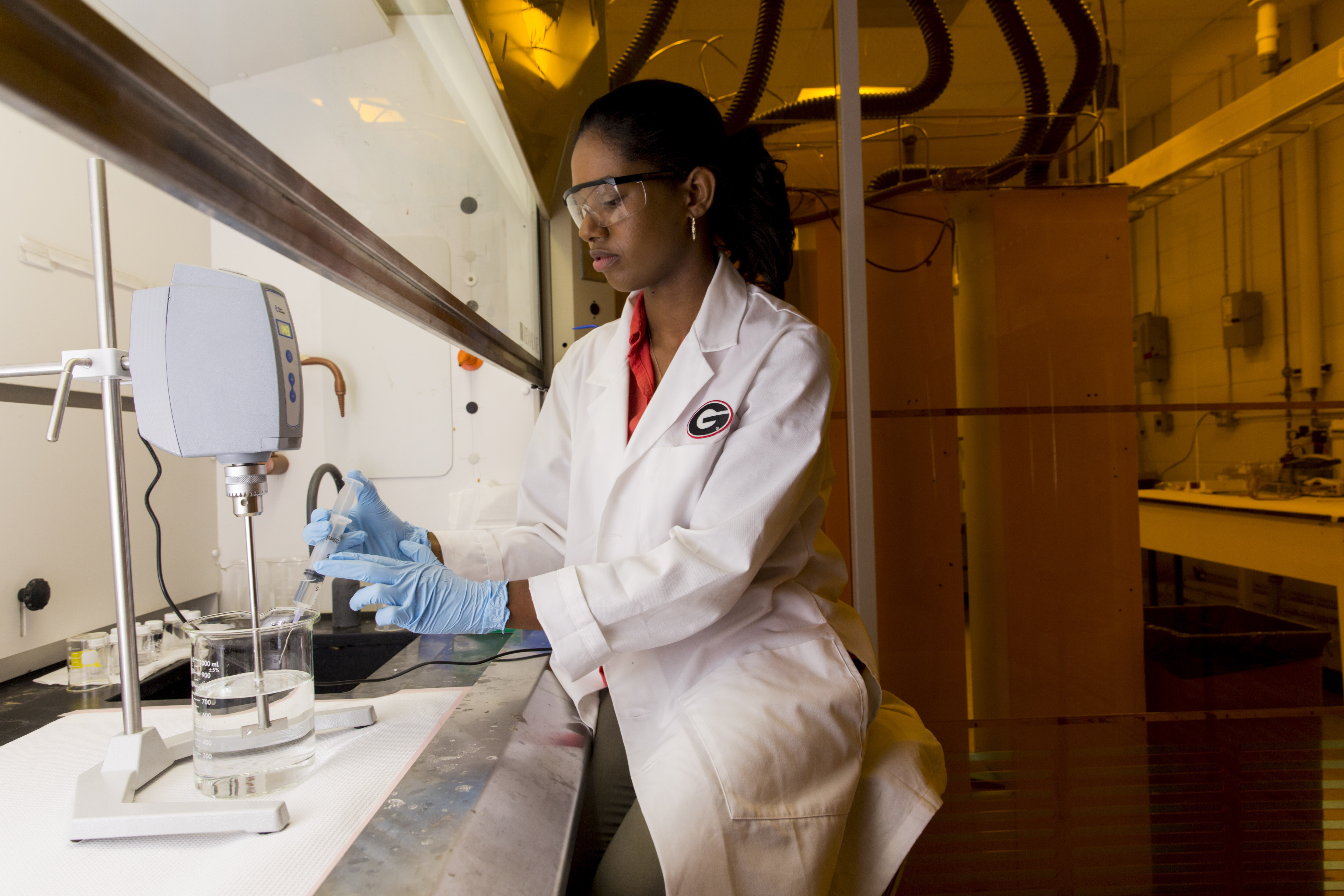Despite a nationwide emphasis on increasing the number of students entering science, technology, engineering and math fields, many leave the disciplines within their first two years. Now a group of institutions led by the University of Georgia will spearhead a new phase of development of a national network to support integration of research experiences into undergraduate life science lab courses.
The network, called “Course-based Undergraduate Research Experiences Network,” or CUREnet, was established to broaden the availability of research opportunities for students across the U.S.
Supported by a new grant from the National Science Foundation, a large network of institutions, including other institutions in the University System of Georgia and a group of historically black colleges and universities across several states in the southeast and mid-Atlantic, will work with CUREnet to reinvent their life science lab courses to engage undergraduates in research at scale.
“There are many research-related careers that we need the workforce for here in the U.S., and if students don’t even know that research exists, they don’t know that it is an option for them career-wise,” said Erin Dolan, Georgia Athletic Association Professor of Innovative Science Education in the Franklin College of Arts and Sciences and principal investigator on the new NSF grant.
“Research experiences can help support students in their early years in college while broadening their awareness of the career paths available to them in STEM fields and serving many more students than our current, traditional apprenticeship structure,” she said.
The focus on introducing students to research-especially students who are the first in their families to attend college or whose families aren’t scientists or researchers-is important for building success in the laboratory and after graduation, Dolan said.
“The idea of integrating research experiences into lab courses, where students are tackling a problem related to a faculty member’s ongoing research, is they try out research as they learn,” she said. “And if research appeals to them, they have a faculty member or a grad student or a postdoc working with the course who can help them find additional internships or other opportunities to do research that helps them make progress in their education and career path.”
By learning lab techniques in the context of solving a real research problem, students can see how what they are learning in a lecture class applies to the real world. Typically, students in lab courses follow a set protocol to find a well-understood phenomenon, but students in research settings have the potential to make discoveries and see how science is actually practiced.
“The program has multiple purposes and it’s more appealing to faculty for that reason. It’s not just that they’re teaching a course-they’re teaching a course that has the potential to contribute to their research,” Dolan said.
Many faculty members work on research questions that would benefit from more minds and hands. The network will allow faculty to work with large groups of students and across institutions.
“There are many institutions that serve students capable of participating in the research endeavor and would benefit from and contribute to it, but they currently don’t have the infrastructure. This network can help build that infrastructure,” Dolan said.
Steering committee institutions in the network are Arizona State University, Jackson State University, Bowie State University, Alabama State University, Hampton University and Carleton College. CUREnet will also partner with a national network of community colleges focused on supporting undergraduate research.
“CUREnet nicely integrates not only research and teaching, but also UGA’s service and outreach missions as a land-grant institution. It has the potential to broaden participation in the STEM workforce by opening access to research experiences that are typically unavailable to a broad swath of talented undergraduates,” Dolan said.


